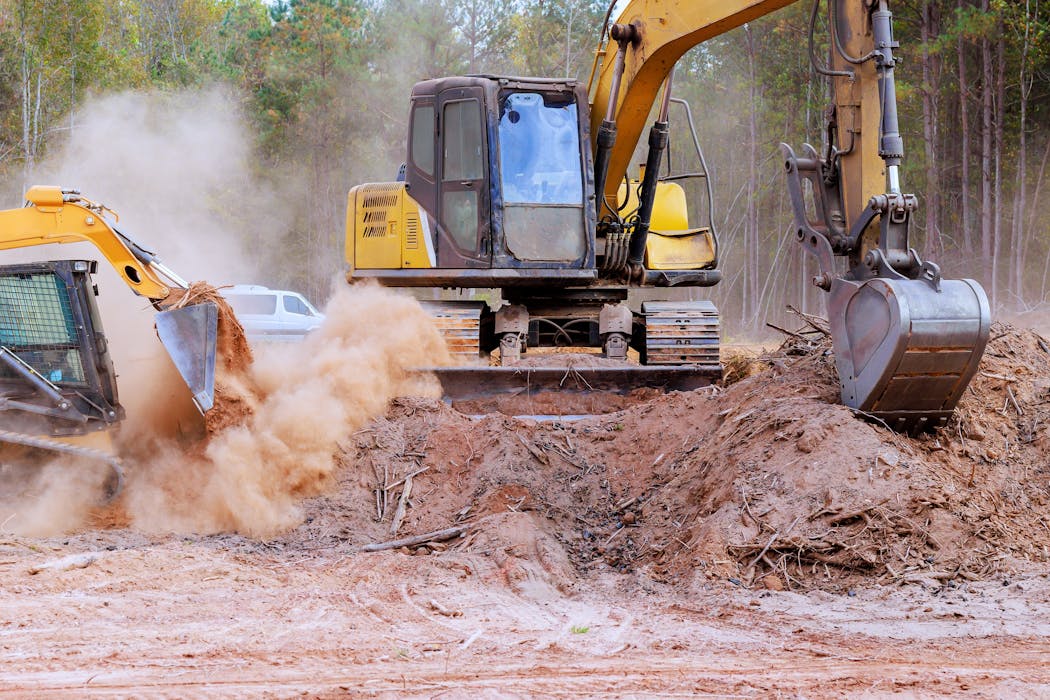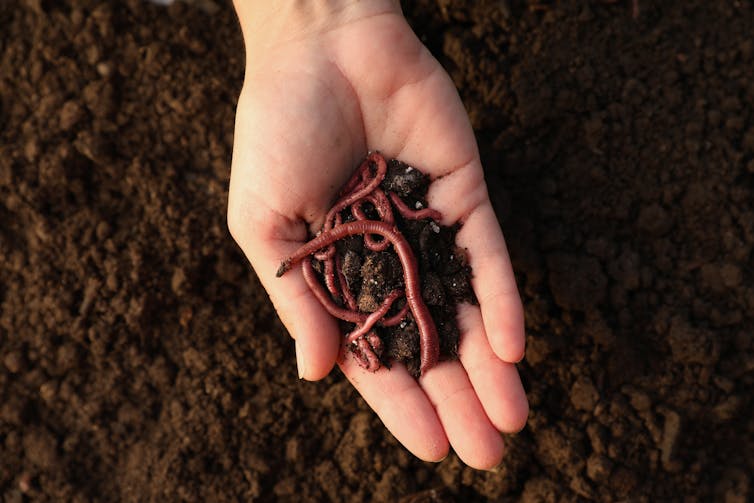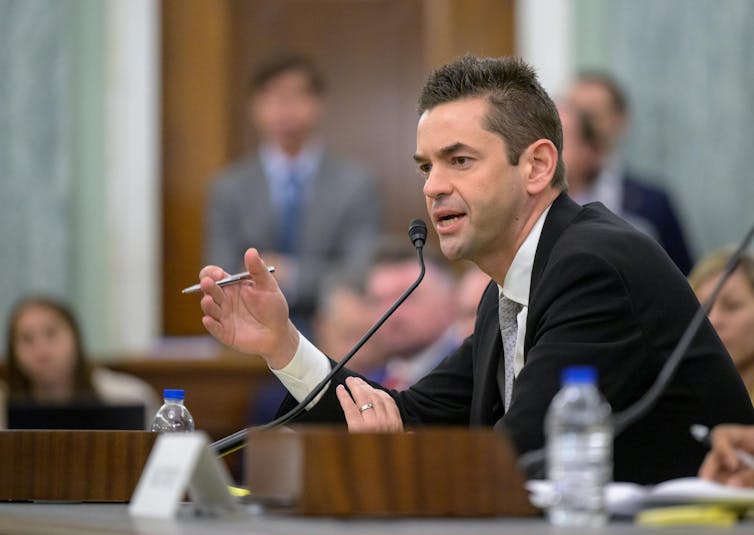Source: The Conversation – UK – By Jack McNamara, Senior Lecturer in Clinical Exercise Physiology, University of East London

Exercise is like medicine for the heart, and just like with medication, you need the right “dose” for it to be effective. But a recent study suggests that the dose might not be the same for everyone. Researchers found that men need roughly twice as much exercise as women to see the same reduction in their heart disease risk.
This recent study asked over 85,000 UK adults aged 37-73 to wear an accelerometer (a device that measures body movement and activity levels) on their wrist for seven days. They then tracked each participant’s health outcomes for just under eight years.
The results are eye-opening.
Women who did roughly four hours of moderate-to-vigorous physical activity per week – activities, such as brisk walking, jogging, cycling or dancing, which raise your breathing and heart rate – had around a 30% lower risk of coronary heart disease. Men needed to do roughly nine hours of the same types of physical activity to see a similar reduction.
This was also true for people already living with heart disease. The paper estimated that women diagnosed with coronary heart disease needed to do around 51 minutes of physical activity each week to reduce their risk of death from any cause by 30% – while men needed to do around 85 minutes of exercise.
Although these findings might sound shocking to the average person, they confirm something that exercise scientists have suspected for years. There is also a clear biological reason that can partly help explain why women and men see such different results from physical activity.
Biological differences
Women typically have higher oestrogen levels than men. This hormone has important effects on how the body responds to exercise.
Oestrogen can help the body burn more fat for fuel during endurance exercise and helps keep the blood vessels healthy – partly by supporting their energy-producing mitochondria (the tiny powerhouses inside cells that generate energy for vital functions).
Women also tend to have more slow-twitch muscle fibres, which are efficient and fatigue-resistant. These muscles suit the kinds of steady, sustained physical activity most exercise guidelines recommend.
So the gap in “minutes needed” for similar heart benefits between women and men isn’t as shocking as the findings might suggest.
Since the study used device-measured activity, instead of asking people to recall from memory the amount of activity they did, this means the data on physical activity was accurate.
It’s also important to note the study still showed a graded benefit. More total weekly activity was linked to lower risk of coronary heart disease in both women and men. Everyone gains from moving more. The difference is just in how much activity buys the same reduction in risk.
The study does not claim that women should do less exercise – nor that men can’t reach similar benefits. It only shows that men may need more weekly activity to get there.
But there are limits to keep in mind. Activity was measured for only one week – then people were followed for about eight years.
And, as it’s an observational study, other factors that could have partly influenced the results were not taken into account – such as menopausal status (when oestrogen levels drop significantly) or whether a woman was using hormone replacement therapy (which can restore some oestrogen levels). These factors could influence how women’s bodies responded to exercise.

Master1305/ Shutterstock
It’s also worth noting that the volunteers came from the UK Biobank study. These volunteers tend to be healthier and less deprived than the general population – factors which can affect baseline heart health, access to safe places to exercise and time available for physical activity. This can affect how widely the results apply to everyone.
Still, these results make an important point about current exercise recommendations and whether they need to be revised.
Exercise recommendations
Current exercise guidelines from the World Health Organization, the American Heart Association and the NHS are sex-neutral. But this new study challenges these recommendations – showing they might not apply equally to everyone.
For decades, most exercise research was done predominantly in men and results were often assumed to apply equally to women. As better device-based data arrives, we’re learning that women and men may get different returns for the same number of active minutes.
This matters because women and men experience heart disease differently – from symptoms to outcomes. If the amount of exercise needed to reach the same benefit also differs, our advice should reflect that while still keeping things simple and practical.
This isn’t about telling women to exercise less. The 150-minute baseline remains a useful target – and many people don’t yet meet it. What these findings suggest is that women who meet current targets may see more heart health benefits per minute of exercise. That’s encouraging news for anyone who struggles to find time for longer workouts.
For men, the message isn’t “double your gym time”. It’s to keep building activity in ways that fit your week – with more total minutes bringing even greater heart health benefits. Whether different types or intensities of exercise might be more efficient for men remains a question for future research.
Both men and women clearly benefit from regular physical activity. That’s not in question. But what does need to be recognised is the clear biological differences that influence the returns men and women see from the same types of exercise.
Cardiac rehabilitation and exercise referral schemes often set identical targets for men and women. This new research suggests we may want to rethink schemes and tailor goals to each person’s starting point.
But until cardiac rehabilitation becomes more personalised, the core message for now is: move more, sit less. Aim for the baseline 150 minutes of exercise each week if you can. More helps if you’re able to.
![]()
Jack McNamara does not work for, consult, own shares in or receive funding from any company or organisation that would benefit from this article, and has disclosed no relevant affiliations beyond their academic appointment.
– ref. Why men need more exercise than women to see the same heart benefits – https://theconversation.com/why-men-need-more-exercise-than-women-to-see-the-same-heart-benefits-268624







